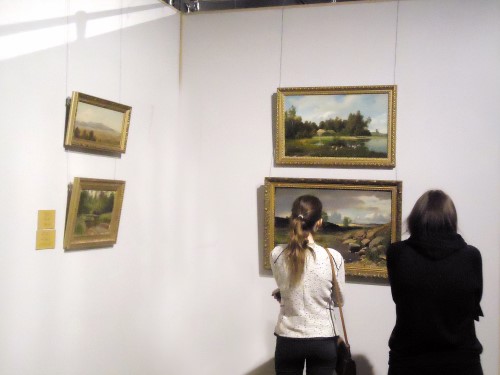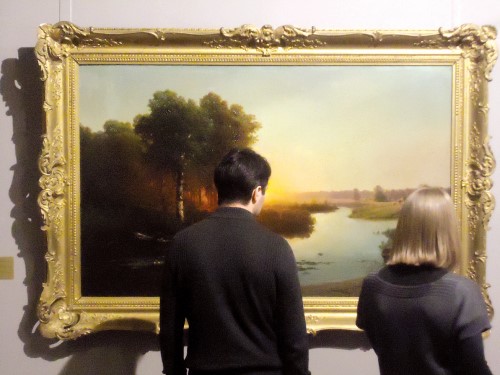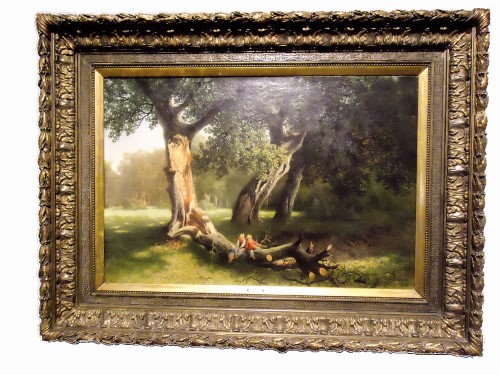It refers to the landscape painting of the Russian school of the second half of the 19th century from the museum’s collection, featuring over fifty picturesque works.

Our ideas about an art history are quite often limited by knowledge of great masters’ names only. It seems it will be enough to name such artists as Alexey Savrasov, Isaac Levitan, Ivan Shishkin, Ivan Aivazovsky and the people will have an idea about the development of the Russian landscape of the second half of the 19th century. However, together with coryphaeuses — who have passed the test of time and occupied a notable place in history — other landscape painters have also worked in this period. The appraisal of achievements of the Russian landscape school would be incomplete without attention to their creative activity.

The activity of St. Petersburg Academy of Arts was of considerable importance for the Russian landscape development. Despite the increased significance of the realistic art and growing critics of the principals of academic education in the 1860-1890s, Academism as the art direction had continued to exist. In certain cases the landscape painters strictly followed the classic schemes of image construction, dividing the picture on the plans (The View in Kuntsevo near Moscow by Fiodor Yasnovsky (1860); The View on the Oster River in the Mogilev Province (1885) and A Splitted Oak (1889) by Nikolay Atryganiev). In some paintings the artists strived to enrich the schemes with field dates (Caucasus (1869) by Lev Lagorio; From the Roman Campagna. The Village of Ariccia (1872), Midday (the second half of the 1870s-early 1880s) by Vladimir Orlovsky). Meanwhile, Mikhail Klodt was peculiar for a particular manner. Creating his monumental and balanced images of the nature, the artist paid the same attention to all details (Midday (the end of the 1860-early 1870s), and At the Plow (1881)).

There is no doubt that the circle of artists of the democratic direction in Russia in the second half of the 19th century was quite wide. Many of them were the members of the Association of Itinerant Art Exhibitions. They were such landscape painters as Konstantin Kryzhitsky, Vasily Perepletchikov and Ilya Ostroukhov. The last one was valued by Ilya Repin, who said, ‘every his painting formed the epoch in landscape painting and he created a whole school of imitators’.
Meanwhile, the heritage of many artists was dissimilar by compositional structure. Some works belong to salon painting and the others to Realism.

However, despite the fact that all artists of the Russian school worked in different directions, they certainly had a high professional level of the craftsmanship, which they have achieved during the study. Many of these masters became tutors at the Academy and were able to convey their own experience to artists of the 20th century.
Undoubtedly, there’s what to see at this exhibition and high mastery of authors is felt in their pictures, so the acquaintance with the exhibited artworks won’t disappoint in any way.
By Victor Mikhailov











